More high-value sales can help salespeople reach their objectives. Two distinct strategies to help sell more products while giving the client more value are cross-selling and upselling. By knowing what cross-selling and up-selling are, you may assist a company in reaching its revenue targets and boosting sales. This article explains the distinctions between upselling and cross-selling and offers advice on how to use these sales techniques.
What is cross-selling?
Selling goods or services to current clients is known as cross-selling. After being persuaded to buy a new receiver, speakers, and other items by the salesperson, a customer may visit a store to buy a new subwoofer but end up taking other items with them. Even though the buyer didn’t intend to buy all the extra equipment, the salesman’s persuasiveness made it impossible for them to refuse.
This identical strategy can also be used to boost the quantity of goods that your clients buy from you. Cross-selling is essential if you sell more than one product because it can double or even triple your profits in a single sale.
What is upselling?
When a company tries to persuade customers to buy better versions of products they are already buying, this is known as upselling. A corporation that sells backpacks, for example, might persuade a consumer who was considering buying a smaller rucksack to buy a larger one instead due to the numerous advantages.
Since the customer is already in front of you, upselling offers numerous advantages over other marketing strategies. Keeping your current clientele is far simpler and less expensive than spending money on marketing to draw in new ones.
Important Distinctions Between Upselling and Cross-Selling
The following are some significant distinctions between upselling and cross-selling:
Meaning
The practice of selling customers complementary products is known as cross-selling. Convincing a consumer that they will profit from buying a more expensive product is known as upselling. A customer’s interest in a product is the starting point for both sales strategies. Salespeople try to upsell or cross-sell a product in an effort to increase the value of the upcoming purchase.
Purpose
The purpose of cross-selling is to introduce products that complement each other. The products introduced through cross-selling do not act as replacements for the original product. Instead, they improve a customer’s experience with the original product of interest. Alternatively, upselling involves introducing a premium or upgraded version of an item. If upselling is successful, a customer may abandon purchasing the original product of interest in favour of buying a more premium one.
Value
Upselling and cross-selling are similar in that they both attempt to offer additional value to the customer. Both strategies expose potential customers to additional offerings that they were not originally able to view on their own. Salespeople engage in upselling and cross-selling to increase the monetary value of the sales they complete, thereby helping their companies generate more revenue.
Tactics
Upselling and cross-selling involve the use of different tactics and persuasion strategies. With cross-selling, a salesperson attempts to convince a customer of the value that additional products can offer in addition to the original product they wanted. With upselling, a salesperson attempts to persuade a customer to purchase a different version of a product by highlighting the value it can offer over the original product of interest. Salespeople who use upselling may attempt to appeal to buyers with higher budgets, while those who use cross-selling may aim to appeal to customers’ sense of practicality and desire for convenience.
Advice on Upselling
The following advice can help you be more successful while upselling:
- Utilize social proof to persuade clients. To persuade clients to buy a premium product, you can think about utilizing social proof. Stress that other consumers are more likely to choose the more costly choice since it offers better value.
- When an item is out of stock, provide substitutes. You can suggest listing substitutes for things that aren’t in stock if you work for a business that sells most of its goods online. Customers who have previously expressed interest in a similar product may be offered a more costly item if the company is out of stock on a standard offering.
- Free delivery might be used to upsell clients. Offering free delivery is one way to entice clients to spend more money while still allowing them to purchase anything they like. Establish a minimum purchase amount, and when your clients meet it, give them free shipping.
- Utilize product guarantees to upsell clients. You can utilize product warranties to upsell clients if you work for a business that offers pricey goods. To enhance the client experience and raise the average order value for the business without incurring additional expenses, provide protection for the product for a specified amount of time.
Advice Regarding Cross-Selling
The following advice can help you be more successful when cross-selling:
- Limit how many products you cross-sell. You can restrict your cross-selling to one or two things per transaction. You can avoid overwhelming a customer with options by keeping the number of things limited.
- Ascertain the cross-sales value in advance. Prior to presenting a cross-sale to a consumer, determine what value it can provide. Be ready to respond to inquiries regarding the possible advantages of a cross-sale in order to persuade them of its worth.
- Schedule every cross-sale appropriately. You might think about adding cross-sales earlier in the sales process, even though some businesses do so after a customer makes their first purchase.
Conclusion
In the end, upselling and cross-selling are essential approaches for creating a customer-focused firm, not merely sales techniques. When done well, they are about actively assisting clients in discovering a more comprehensive solution that actually improves their experience rather than trying to sell them unnecessary items.
You can turn every transaction into a chance for development by concentrating on building trust, comprehending your customers’ demands, and providing pertinent value at the appropriate time. This strategy not only increases sales but also fosters client loyalty, demonstrating that a well-done upsell or cross-sell benefits both your company and your clients.
FAQ
What are upselling and cross-selling?
Another difference is that upselling is selling a more expensive product and is often significantly simpler to achieve than cross-selling, which takes more sales expertise to achieve.
What are the four stages of upselling?
The four stages of upselling are: identification of potential upgrade customers, creation of compelling upgrade offers, effective communication of benefits, and closing the sale with a focus on added value.
How to upsell a product?
Upselling involves suggesting a more expensive, upgraded, or feature-rich version of a product or service to a customer who is already interested in purchasing something similar.
How to upsell as a cashier?
Upselling is simple if you remember this rule: Always provide value (an additional or upgraded product).
Also Read:
Sourcing Components Locally vs. Internationally: Weighing Pros and Cons




